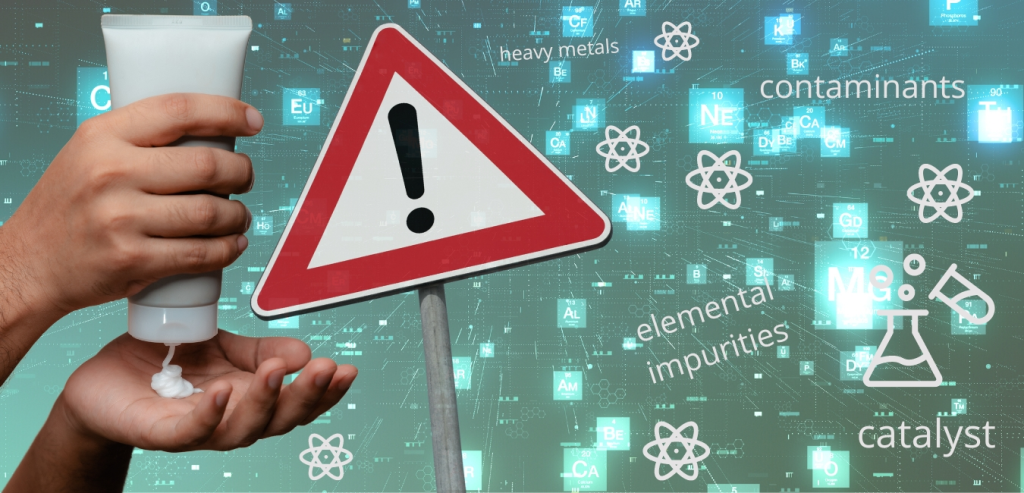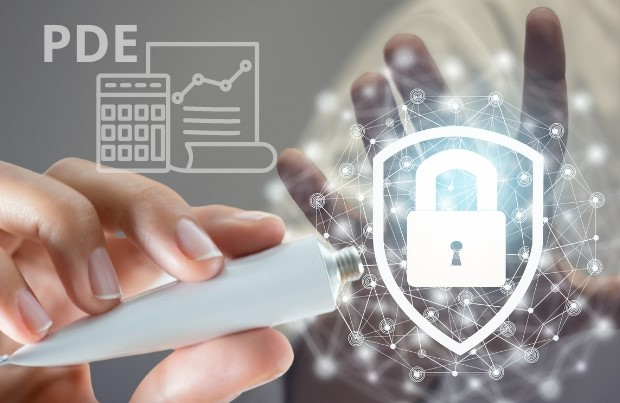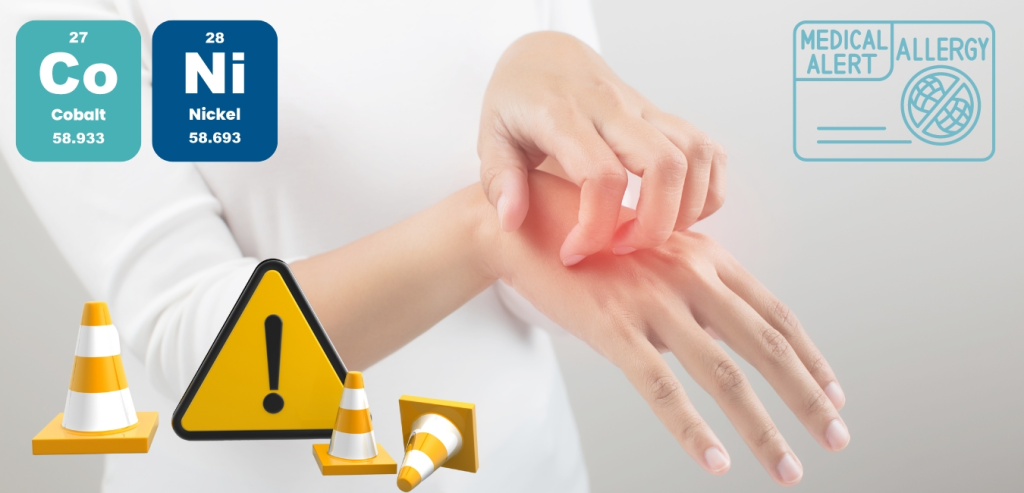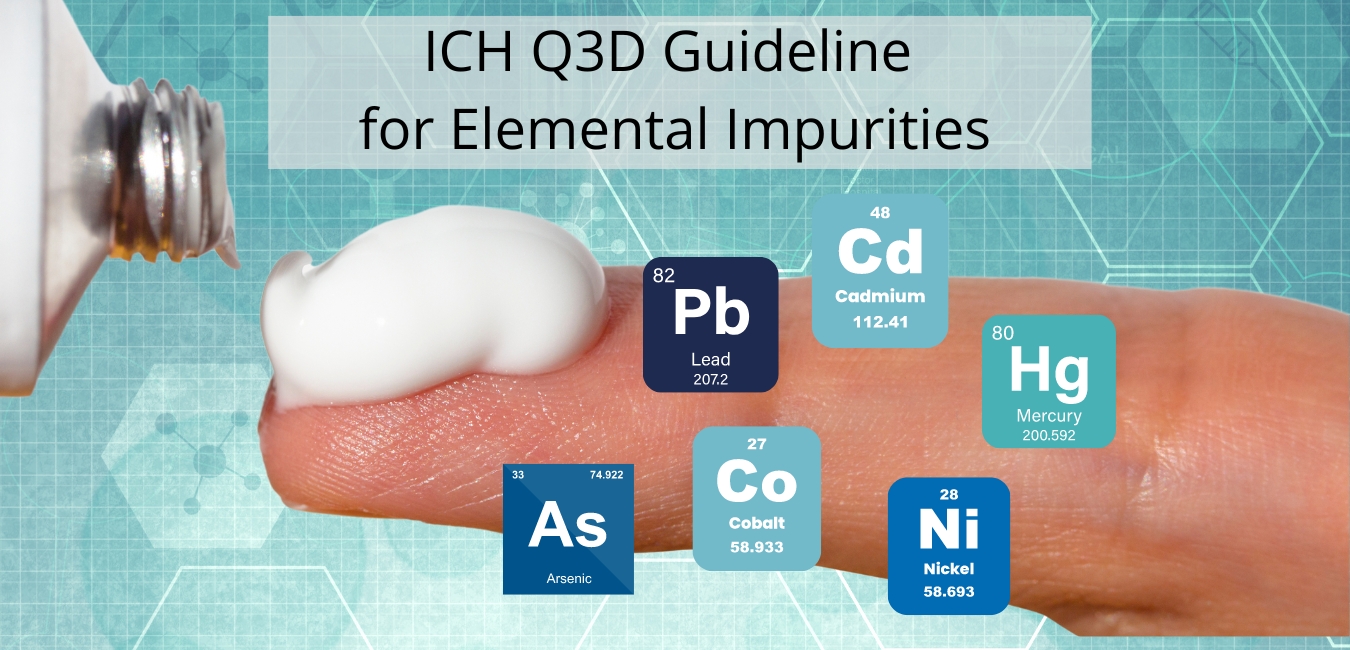Have you heard about the new version of the ICH Q3D Guideline for Elemental Impurities? Do you know, it was adopted on 24 March 2022 by The Committee for Medicinal Products for Human Use (CHMP) of the European Medicines Agency’s (EMA). It was published on 2 May 2022 and came into force on 24 September 2022. The document introduces limits for elemental impurities present in cutaneous and transcutaneous medicines such as skin products. It also corrects some of the permitted daily exposures (PDEs) for other routes of administration.
In this article we would like to present some of the details of these changes and see, how they impact the safety assessment of elemental impurities (EI) in medicinal products. For better understanding, we would also like to summarise the principles of the ICH Q3D guideline in general.
What has changed for skin products?
Apart from some rather minor but impactful corrections, which are discussed later in this article, the most important change introduced by the revised ICH Q3D guideline was the addition of information on how to proceed with safety assessment for skin medicinal products. Before that, only three routes of administration were clearly distinguished: oral, parenteral and inhalation. Although the ICH Q3D guideline does include a general description of how to cope with other routes of administration, it seemed somewhat obvious that the skin route should be clearly highlighted. Until now, these products have remained in the probably most significant grey area where PDEs for EI had not been formally established. Therefore, the newly added Appendix 5, which contains details on the PDEs for EI in the cutaneous and transcutaneous medicinal products, is in fact a change that could have been expected.
Practically speaking, the Appendix 5 of the guideline demonstrates how to exactly establish a PDE values for a given element in case of cutaneous and transcutaneous medicinal products which are intended for local or systemic effect. It’s worth pointing out, that it does not apply to drug products intended for mucosal administration (oral, nasal, vaginal), topical ophthalmic, rectal or subcutaneous and subdermal routes of administration. These are not yet specifically covered, but should be evaluated in accordance with the approach discussed within the main text of the guideline under the paragraph “Other routes of administration”.
Before we describe the exact details of the mentioned changes, let’s make a step back and bring up some basics…

What are Elemental Impurities and what are their sources?
Generally an impurity in a drug product is defined as any component, that is not the drug substance or an excipient in the drug product. Impurities may be either process or product-related. They can be of known structure, partially characterized or unidentified. Process-related impurities include those that are derived from manufacturing process, i.e., cell substrates, cell culture or those coming from downstream processing. Product-related impurities are molecular variants of a product arising during manufacture and/or storage. They do not have properties comparable to those of the desired product with respect to activity, efficacy, and safety. Guidelines also mention the term contaminants, which are all adventitiously introduced materials not intended to be part of the manufacturing process, such as chemical and biochemical materials, microbial or viral species. As we can see, medicinal product can be exposed to the presence of undesired impurities/contaminants.
One group of such impurities/contaminants are elemental impurities (EI). EI are elements from the periodic table. As based on the ICH Q3D Guideline, 24 of EI could be selecter and the likelihood of each of them occurring in a medicinal product varies widely. Some of EI may be added intentionally, other may be added inadvertently. The risk of their presence increases with more excipients, active substances or steps in the manufacturing process. Generally the sources of EI may be grouped into:
- residual catalysts that were added intentionally in synthesis steps
- elements that are leached from processing equipment or container/closure systems
- elements that are present in components of the drug product, such as drug substance(s) or excipients
EI are also grouped into the 3 classes and are shown in the table below. The classification takes into account the toxicity but also a probability of inclusion in the drug product related with the pharmaceutical process. In general EI from all classes should always be assessed when intentionally added. In addition, EI from class 1 and 2A should also be assessed for all administration routes when not intentionally added. The assessment of EI from class 3 depends on the route of administration.
| Class 1 | Cd, As, Hg, Pb |
| Class 2A | Co, V, Ni |
| Class 2B | Tl, Se, Ru, Ag, Au, Ir, Os, Pd, Pt, Rh |
| Class 3 | Cu, Li, Mo, Sb, Sn, Cr, Bu |
Since the EI may be harmful, any potential EI in medicinal product should be investigated for its potential toxic effects on human organism and, if necessary, controlled. For example, mercury can cause chronic poisoning, which can be observed as weakness, headaches and aches in the limbs, tooth loss, memory and concentration disorders. Even gold, which is a metal that many desire, when introduced with a medicine in high doses can by toxic for our liver and kidneys.
Due to wide range of sources, EI contamination of a drug product can occur at any stage during manufacture. How to prevent that? How to accurately identify and control the EI to ensure appropriate drug safety? Are there any rules that we should follow? What conditions should we fulfill to make sure that our medicine is safe? These are the questions that we may ask ourselves and this is the place where the ICH Q3D guideline comes to aid.
What exactly does ICH Q3D Guideline help with?
The ICH Q3D guideline provides accurate information to assist in assessing a patient’s exposure to any of the 24 elements (EI) related with the use of a particular medicine. It describes recommendations for manufactures of medicinal products on applying a risk-based approach to identify, assess and if needed to control EI. The assessment is carried out by comparing levels of elements in the drug product. It takes into consideration also its components, with a scientifically based daily limit, that a human can consume with no harm defined as Permitted Daily Exposure (PDE). The PDE value represents limit for each element and is expressed in μg/day. It serves as a reference for the analyzed elemental exposure in a given medicinal product. It is also something carefully investigated by the Agency during the registration of a new drug product.
There are three parts of the guideline:
1. Evaluation of the toxicity data for potential elemental impurities;
2. Establishment of a PDE for each element of toxicological concern;
3. Application of a risk-based approach to control elemental impurities in drug products.
For oral, inhalation or parenteral products the first two points are rather informative. They describe reasons why a certain element or value was selected in a specific case. It is the last one, that usually requires the most activity from the manufacturer/applicant.
It is also worth mentioning that the European Pharmacopoeia applies the ICH Q3D guideline to medicinal products as described in chapter 5.20 Elemental impurities. Some exceptions apply, such as herbal products, radiopharmaceuticals, vaccines, cell metabolites, DNA products (including gene therapies), allergenic extracts, cells (including cell therapy and tissue engineering), whole blood, cellular blood components or blood derivatives, dialysate solutions not intended for systemic circulation, and elements that are intentionally included in the drug product for therapeutic benefit.
How is the PDE established?
The ICH Q3D guideline defines the PDE, but also describes in details how a PDE was established for a particular impurity. It contains monographs for particular EI which summarise relevant environmental and literature data, that were used to calculate a given PDE value. Generally, a PDE is calculated using a mathematical formula that takes into account factors such as:
- The likely oxidation state of a given element in the drug product;
- Human exposure and safety data;
- The most relevant animal study;
- Route of administration and the relevant endpoint(s).
PDE is derived preferably from the most relevant animal studies. It is also worth mentioning that for some of the EI, standards already exist for daily intake with food, water, air and related with occupational exposure. Where appropriate, these standards are considered in the safety assessment and establishment of the PDEs.

What if PDE is exceeded?
Generally, PDE is a constant value for a given element, which, in the interest of patients safety, should not be exceeded. If this happens, the manufacturer should first investigate the cause and seek options to reduce the impurity level. However, there are certain cases when the EI level higher than the established PDE may be actually acceptable. That approach may apply in the following situations:
- intermittent dosing of drug (i.e., dosed less than once daily),
- short term dosing (i.e., 30 days or less),
- specific indications (e.g., life-threatening, unmet medicinal needs, rare diseases).
An individual approach to the above cases is based on a benefit-risk analysis and possible modification factors. The latter takes into account a possibly shorter period of medicine use and can increase the PDE value, while still maintaining patient safety.
How to prepare appropriate Risk Analysis?
We have discussed what are EI and their sources, explained why the ICH Q3D guideline is important in relation to medicinal products and EI, and presented the concept of PDE. Now, it is the time to discuss the application of a risk-based approach to control EI in the drug products.
In order to assess if a risk of EI present in the drug product exists and whether further steps (controls or processing changes) are required, we should perform a proper risk assessment. It should be based on scientific knowledge and use scientific principles all of which are described heavily in the ICH Q3D guideline. The product risk assessment should focus on assessing whether an EI is added intentionally or not and then comparing the levels of EI in a drug product in relation to the PDEs. It should also take into account possible carry overs from active substance(s), excipients, container closure system or manufacturing process, as described in What are Elemental Impurities and what are their sources?.
The guideline encourages to perform the assessment in corroboration with documents such as ICHQ9 Quality Risk Management, ICHQ8 Pharmaceutical Development and ICHQ11 Development and Manufacture of Drug Substances and data generated by the manufacturer/applicant, information supplied by the drug substance(s), excipient(s) manufacturers and also data available in published literature.
A comprehensive risk analysis should consist of three main stages:
1. Identifying known and potential sources of EI in a drug product.
For any EI identified in the process, the risk assessment should consider all the sources of the identified EI.
2. Determining the level of the impurity and comparing with the established PDE.
It should cover a review of a medicinal product and/or components data that allow to identify all the potential EI that may be observed in the drug product together with their levels as compared to the PDE.
3. Summarizing and assessing the suitability of the potential controls built into the process (or their lack)
Control of EI is needed when a level of EI is larger than 30 % PDE. Controls should be justified in view of the process flow and general control strategy, e.g. a parameter added to specification.
News in the guideline – what’s behind the cutaneous PDE?
As we mentioned earlier, current version of the ICH Q3D guideline includes PDE values only for oral, parenteral and inhalation routes of administration, but the revised version of the guideline introduced PDEs for cutaneous and transcutaneous routes.
Because the data on systemic absorption and dermal toxicity are limited, the parenteral PDE value specific for each element was used for the evaluation of PDE for the cutaneous and transcutaneous products. Since it is assumed that the absorption for skin products is presumably low, and due to the lack of reliable quantitative data, a Cutaneous Modifying Factor (CMF) was introduced and developed into calculations.
Cutaneous/transcutaneous PDE were established according to the following rules:
- For EI’s other than arsenic (As) and thallium (Tl), a maximum Cutaneous Bioavailability (CBA) of 1% is used.
- To account for the various factors that can enhance CBA, a factor of 10 is applied to increase the CBA (adjusted CBA).
- To calculate the CMF, the parenteral BA (100%) is divided by the adjusted CBA
The PDE for cutaneous/trancutaneous routes is calculated as:
PDEcutaneous = PDEparenteral x CMF
Specific data is presented in the table below. CBA value for As and Ti is different as compared to the other EI, because of high absorption.
| Parameter | Formula | EI other than TI and As | As | Tl |
| BA | – | 100 % | ||
| CBA | – | 1 % | 5 % | 100 % |
| CBAadjusted | CBA x 10 | 10 % | 50 % | 100 % |
| CMF | BA / CBAadjusted | 10 | 2 | 1 |
| PDEparenteral | – | Case-by-case, e.g. Nickel: 20 μg/day | 15 μg/day | 8 μg /day |
| PDEcutaneous | PDEparenteral x CMF | PDEparenteral x 10 | 30 μg/day | 8 μg /day |

What about skin allergens nickel and cobalt?
There are two EI that may require a special attention when skin products are considered. These are Nickel and Cobalt, the elements for which there is a much higher likelihood of allergic reactions. Therefore, in this case, in addition to the PDE, a comparison with the Cutaneous and Transcutaneous Concentration Limit (CTCL) value, expressed in µg/g (ppm), should be made. Other elements have the threshold of allergic reactions at the level comparable to PDE or higher.
How about other changes?
At the beginning of this article we mentioned, that the revision of the ICH Q3D guideline introduced minor corrections. These changes are minor, but meaningful and relate to the change of PDE values for gold, silver and nickel was related to corrections in calculations and revision of animal study data, but have a direct impact on the safety assessment of mentioned elements. Detailed information for these 3 elements with marked changes are presented in the table below.
| PDE μg/day | |||
| Element | Oral | Parenteral | Inhalation |
| Gold | | | |
| Silver | 150 | | 7 |
| Nickel | 200 | 20 | |
To the end
In this article, we presented the changes in elemental impurities risk assessment of medicinal products that are brought in by the new version of the ICH Q3D guideline. We also highlighted the key elements of the guideline itself, such as sources of elemental impurities, the significance of principles behind the PDE value and steps that should be taken to perform appropriate risk assessment. On that ground, we then demonstrated key changes that concern the addition of the Appendix 5 to the ICH Q3D guideline which sets-up precise PDE levels for EI in cutaneous and transcutaneous medicines. This new revision of the guideline seemed expected and filled one of the important gaps in administration routes, i.e. skin products that were underappreciatedin the previous guideline version. Apart from that, some minor, but impactful corrections were introduced, such as changes in PDE for gold, silver and nickel for oral, parenteral and inhalation products.
- Do you develop a new product and its manufacturing process and want to assess the elemental impurity contamination?
- Are you about to register a drug product and are wondering how to properly conduct a full elemental impurity analysis?
- Have you already got an risk analysis prepared, but would like to make sure that you didn’t miss anything?
- Do you think of introducing elemental impurity controls, but are not sure where and how?
Don’t hesitate and contact Science Pharma! Our team of experienced experts will certainly give you a helping hand.


